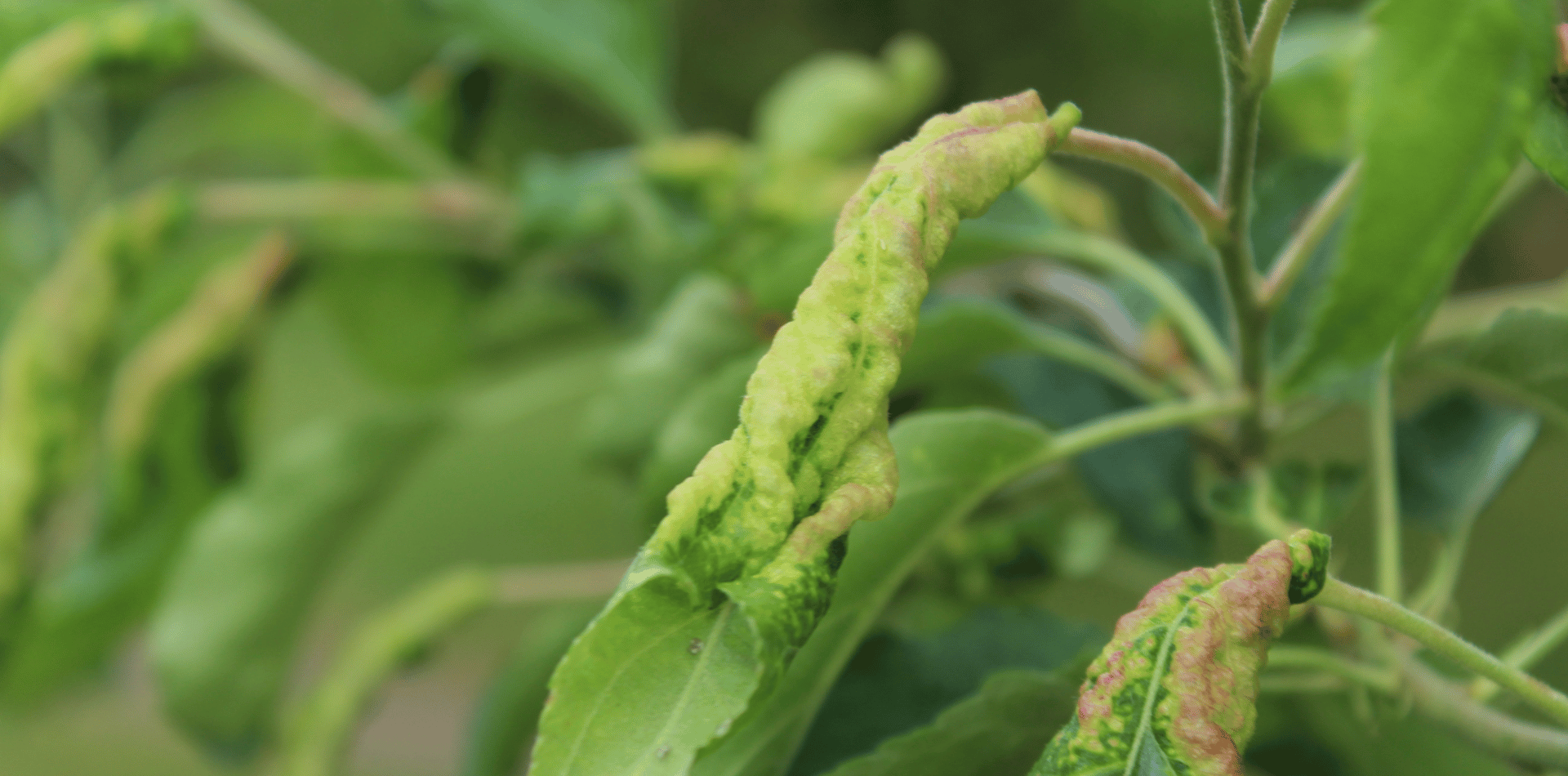Top 7 Tree Care Tips for a Healthy Suburban Forest
A Thriving Suburban Forest - Top 7 Tree Care Tips
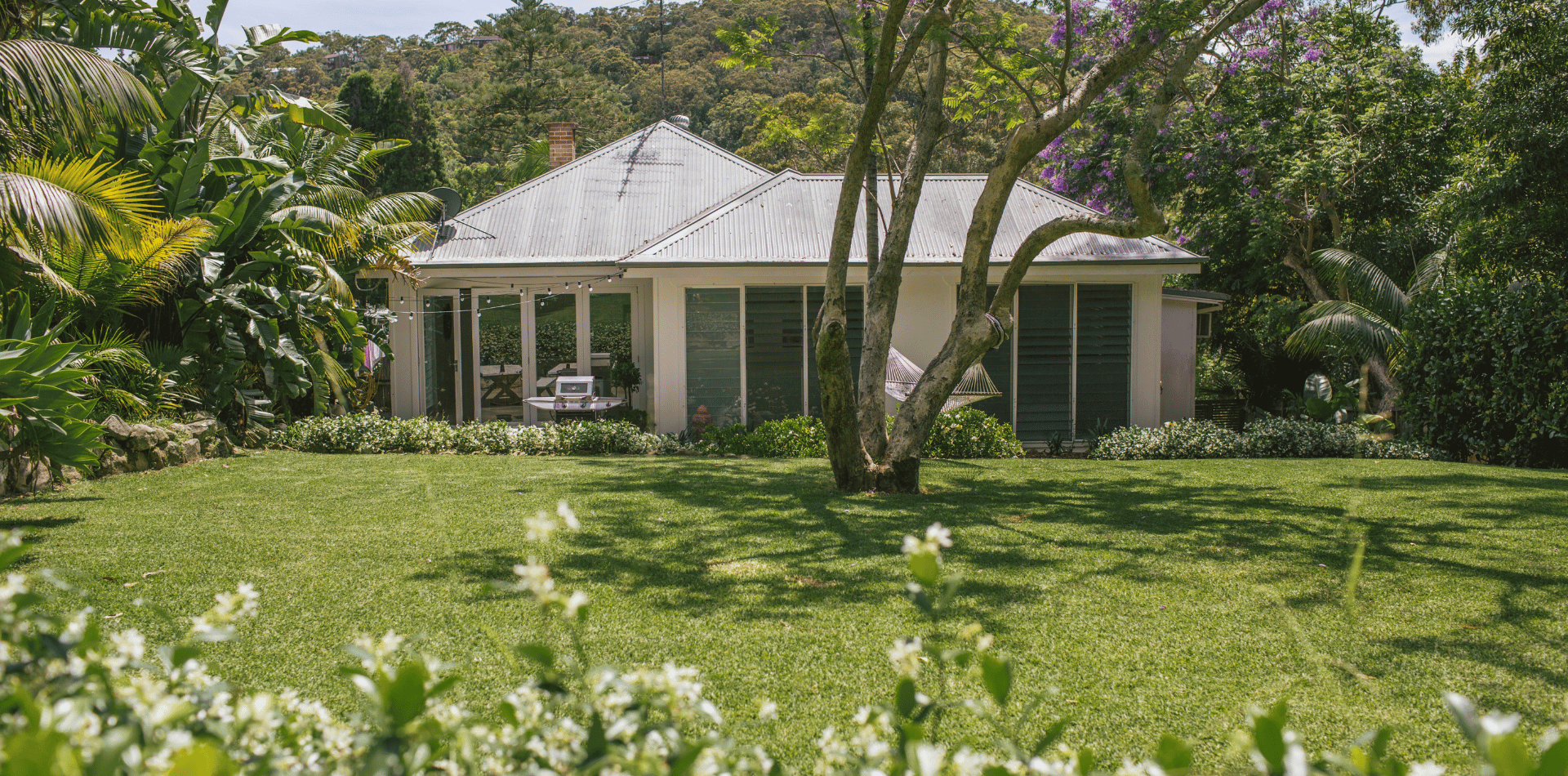
Trees are the silent guardians of our suburban landscapes.
They provide shade, purify the air, and enhance the aesthetic appeal of our surroundings.
However, these natural marvels require proper care and attention to thrive.
Let's look at the top 7 tree care tips, offering a comprehensive guide to ensure the health and longevity of your leafy companions.
1. Selecting the Right Tree
Understanding Your Environment
- Research Native Species: Opt for native trees, as they are adapted to local conditions and support native wildlife.
- Assess the Site: Evaluate soil type, sunlight, and space available. Avoid planting large trees under power lines or too close to buildings.
- Climate Considerations: Choose species that can withstand local weather patterns, including drought or cold tolerance.
2. Proper Planting Techniques
Laying the Foundation for Growth
- Right Depth and Width: Plant the tree at the same depth it was in the nursery and dig the hole 2-3 times wider than the root ball.
- Root Care: Gently spread out the roots and remove any wrapping materials.
- Soil and Water: Backfill with native soil and water thoroughly. Avoid adding fertiliser at planting time.

3. Watering Wisely
Balancing Moisture Needs
- Establishment Phase: Newly planted trees require consistent watering, typically once a week, depending on the climate.
- Mature Trees: They generally need less frequent watering. Check soil moisture and provide deep watering during extended dry spells.
- Mulching: A 2-3 inch layer of organic mulch helps retain soil moisture and regulate temperature.
4. Pruning with Purpose
Shaping for Health and Safety
- Correct Timing: Prune during dormancy for most species, avoiding spring when sap is flowing.
- Safety First: Remove dead, damaged, or diseased branches to prevent hazards and infections.
- Technique Matters: Make clean cuts at the branch collar. Avoid topping trees, as it can cause long-term damage.
5. Fertilisation: A Balanced Approach
Feeding for Fertility
- Soil Testing: Conduct a soil test to determine nutrient needs.
- Right Formula: Use a balanced, slow-release fertiliser, following manufacturer instructions.
- Timing: Fertilise either in late autumn or early spring, avoiding the hot summer months.
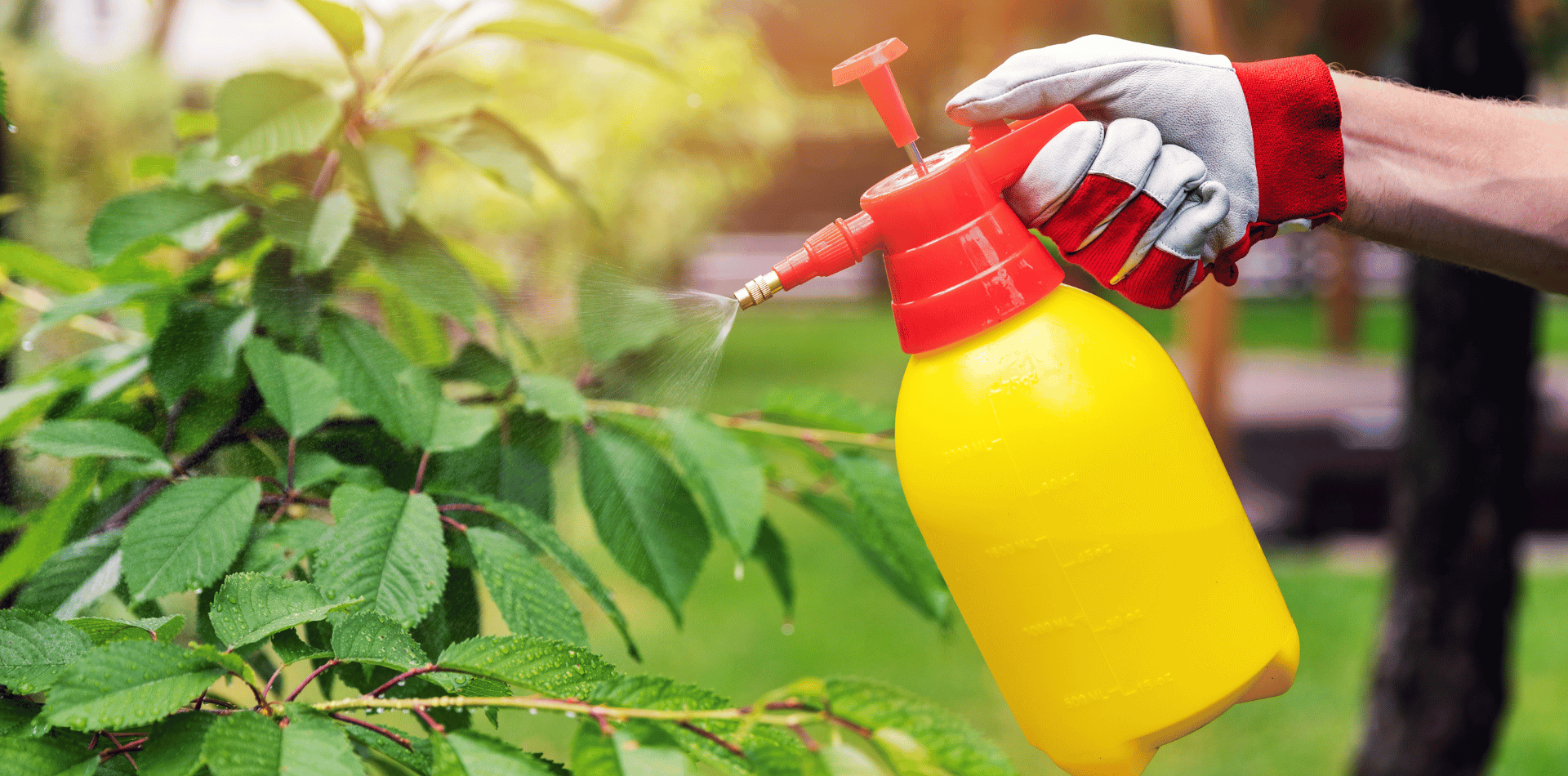
6. Disease and Pest Management
Protecting Against Threats
- Regular Inspections: Check for signs of pests or disease, such as discolouration, abnormal growth, or holes in leaves.
- Integrated Pest Management (IPM): Use a combination of cultural, physical, and biological methods, resorting to chemicals as a last resort.
- Professional Advice: Consult an arborist for diagnosis and treatment recommendations.
7. Monitoring and Maintenance
Ongoing Vigilance
- Seasonal Checkups: Assess tree health in spring and autumn. Look for changes in leaf colour, growth patterns, or root exposure.
- Mulch Refreshing: Replenish mulch as needed, keeping it away from the trunk to prevent rot.
- Record Keeping: Keep a log of care activities and any issues observed. This helps in long-term management.
Caring for trees is a blend of science, art, and attentiveness.
By following these top 7 tree care tips, you can ensure that your trees not only survive but thrive, contributing to a greener, healthier, and more beautiful environment.
Remember, trees are long-term investments in our ecosystem; their care today determines the landscape of tomorrow.
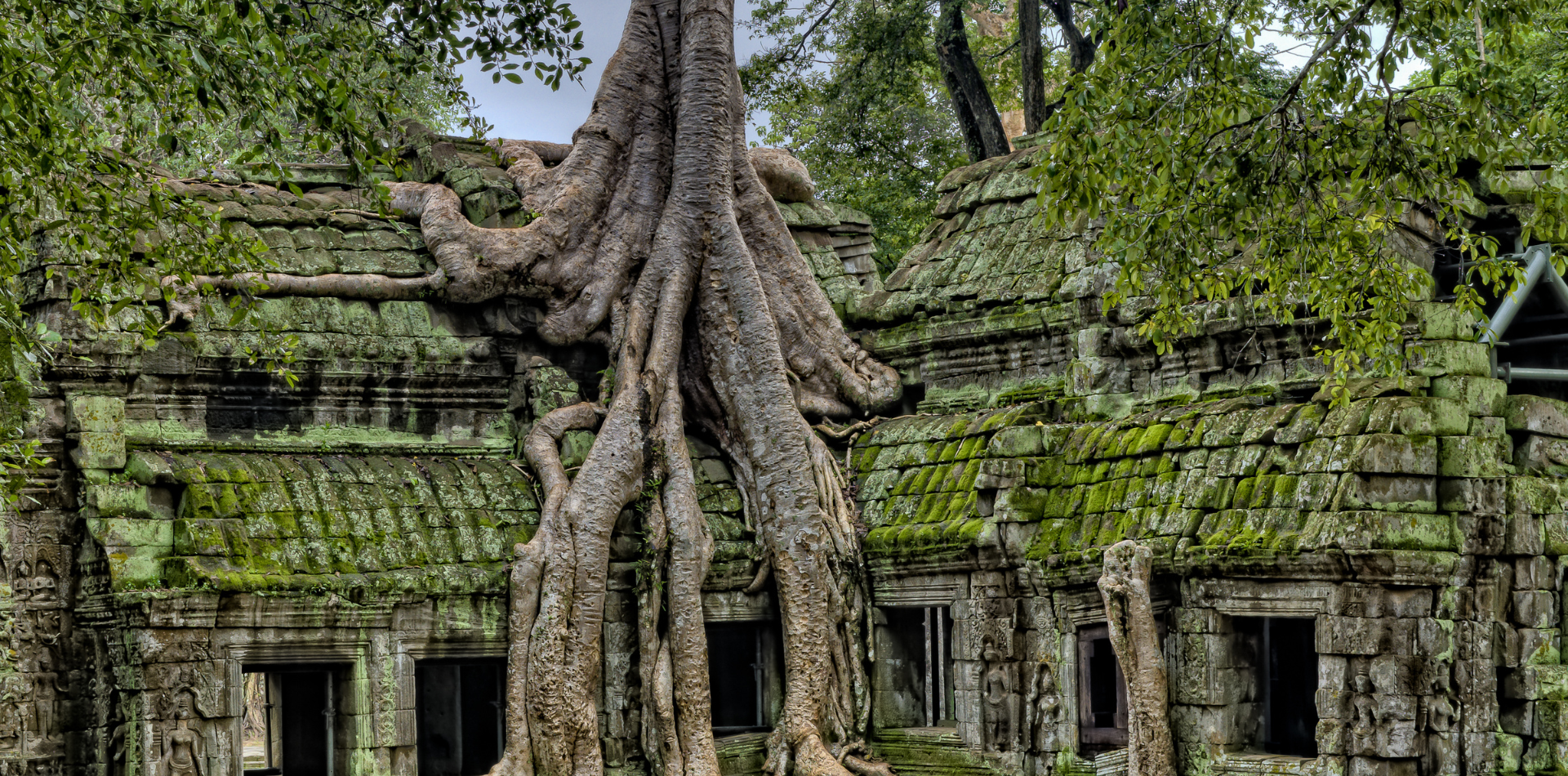

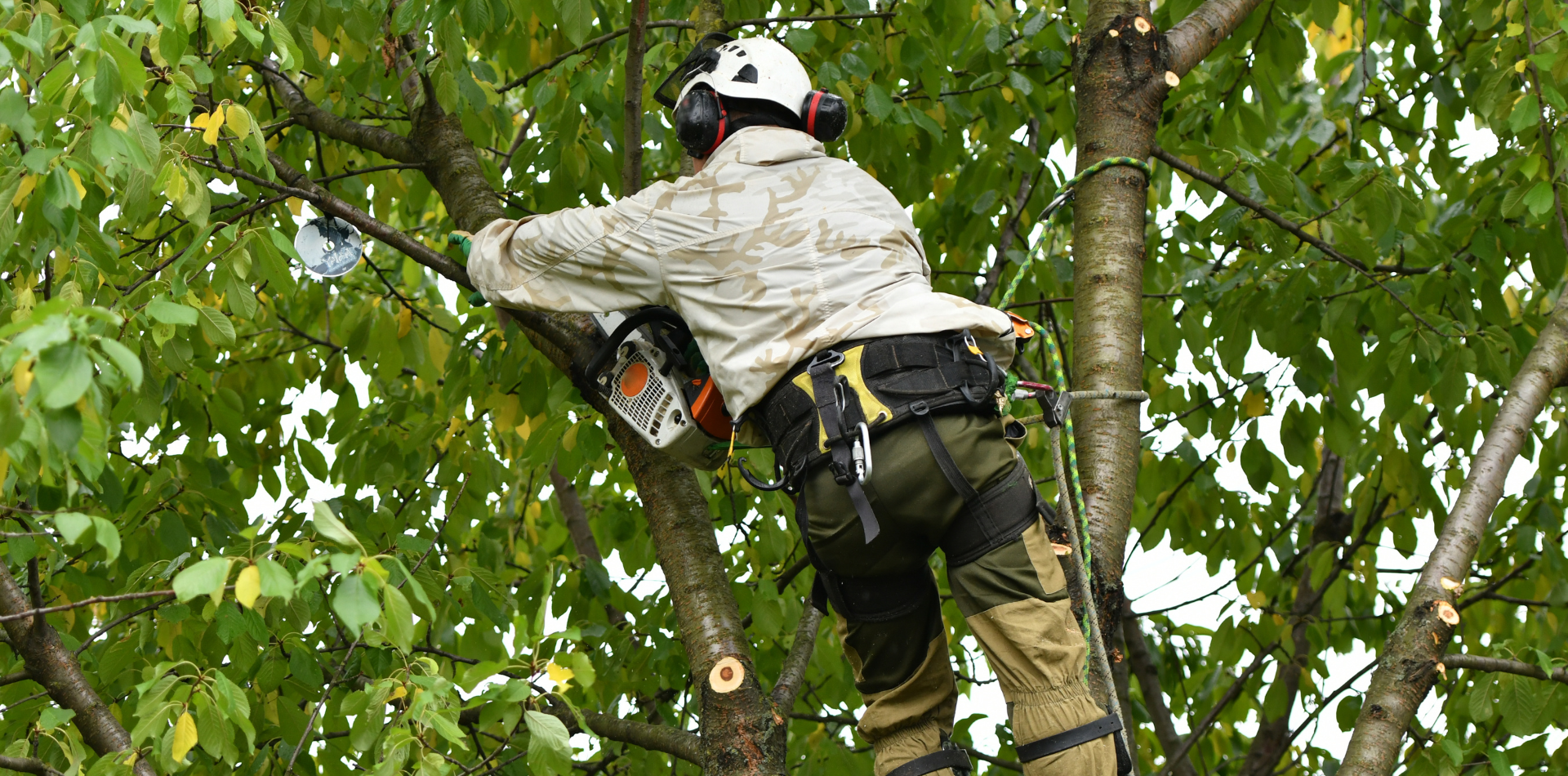
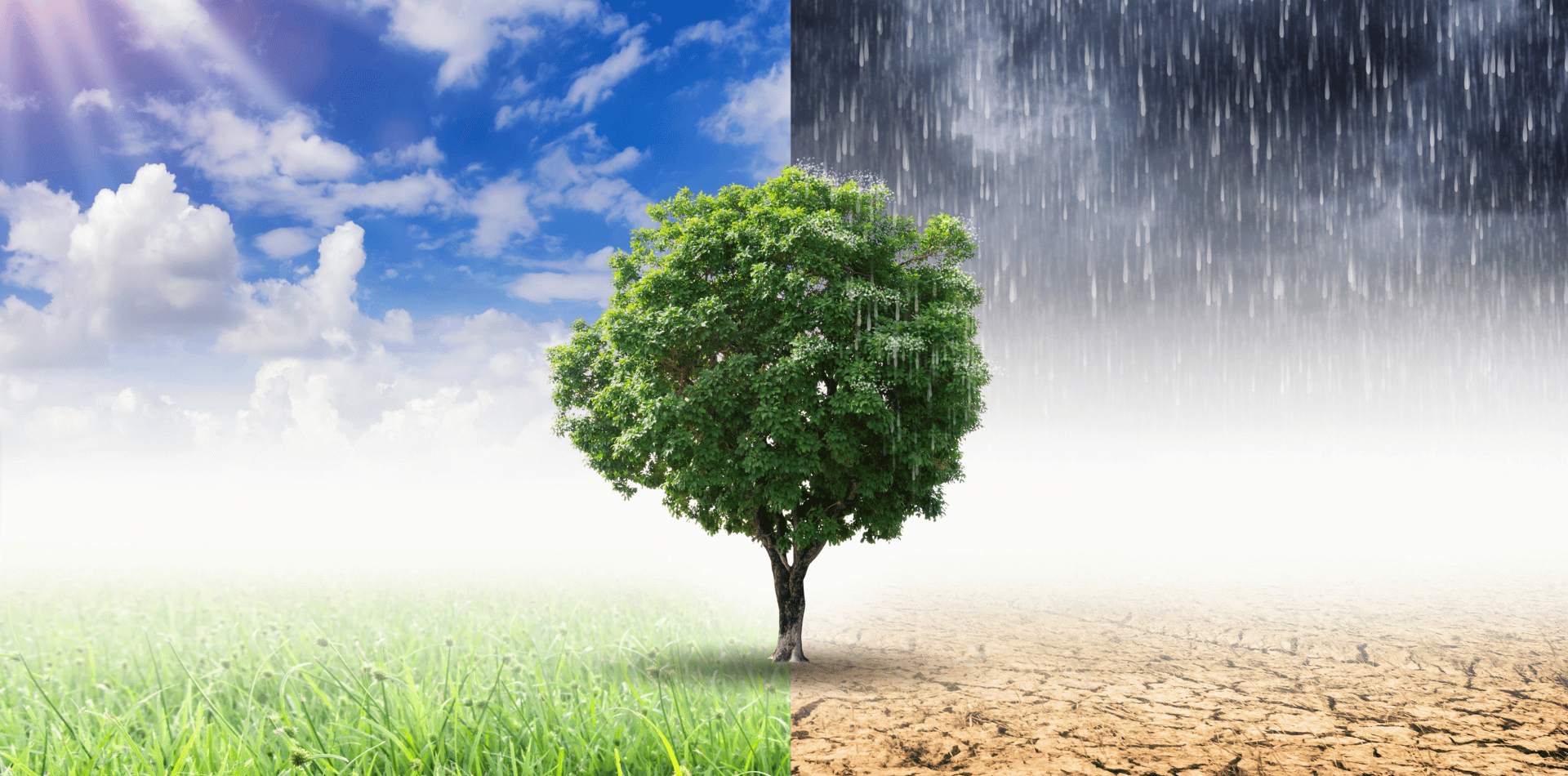
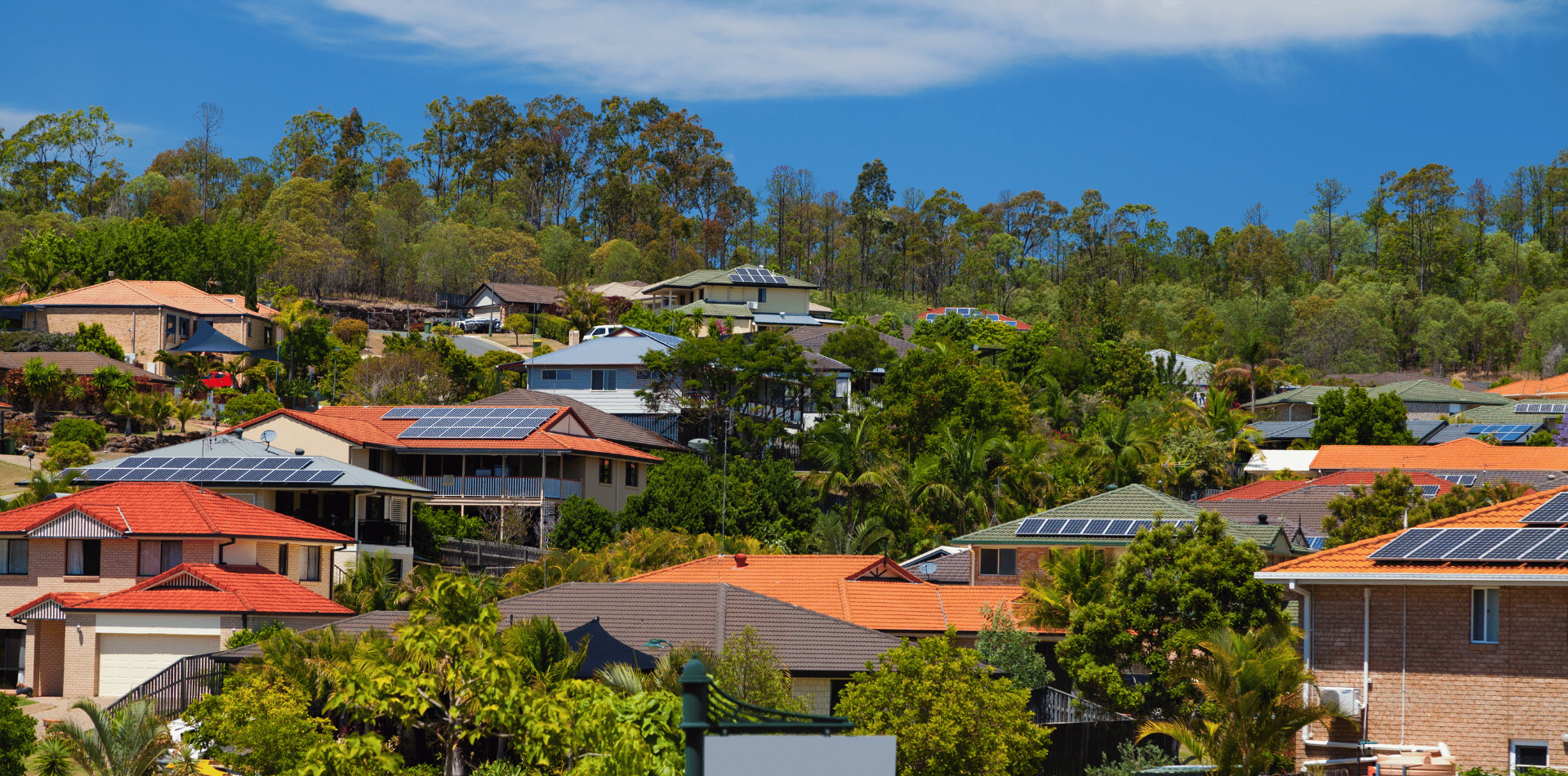
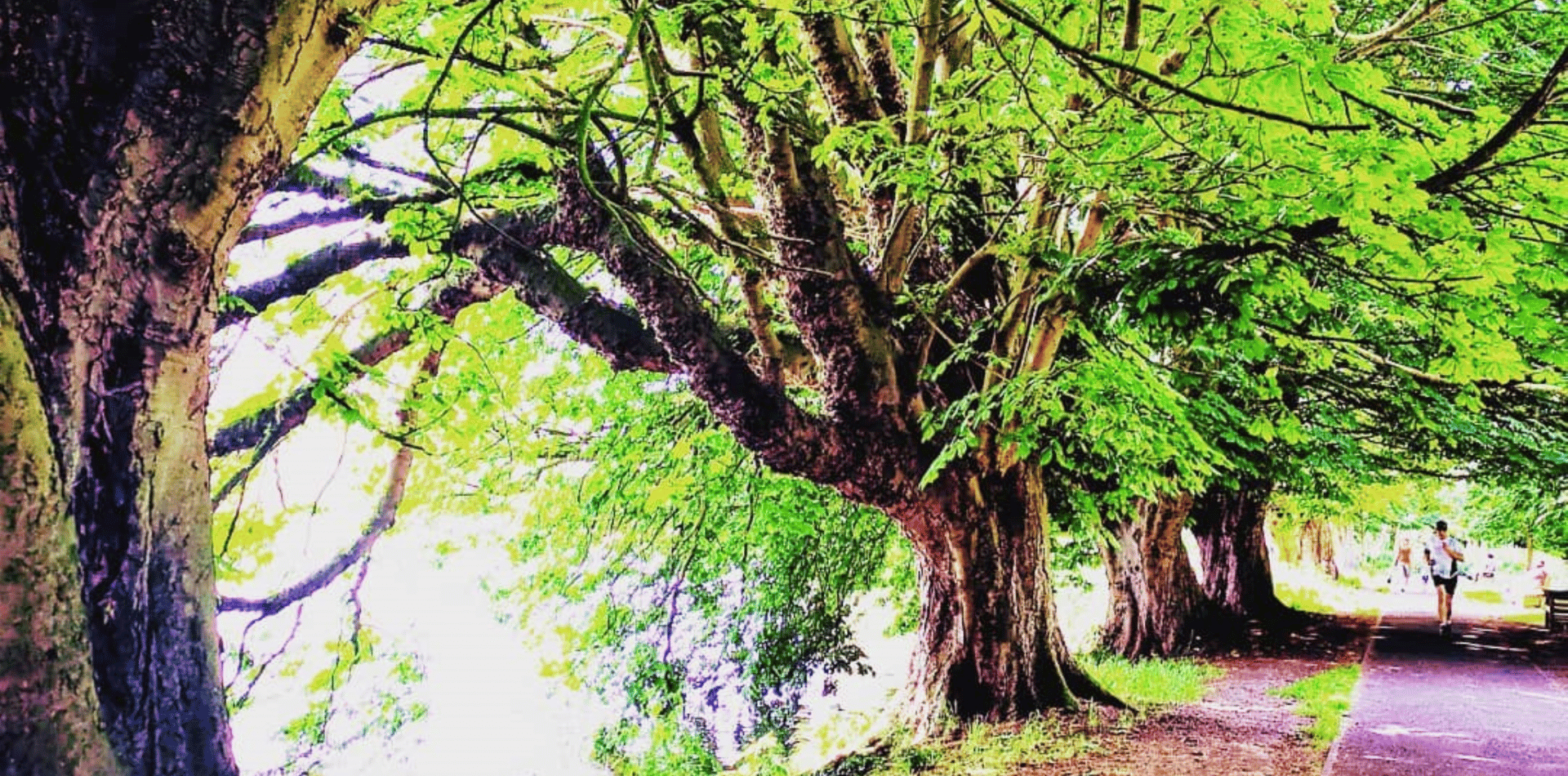
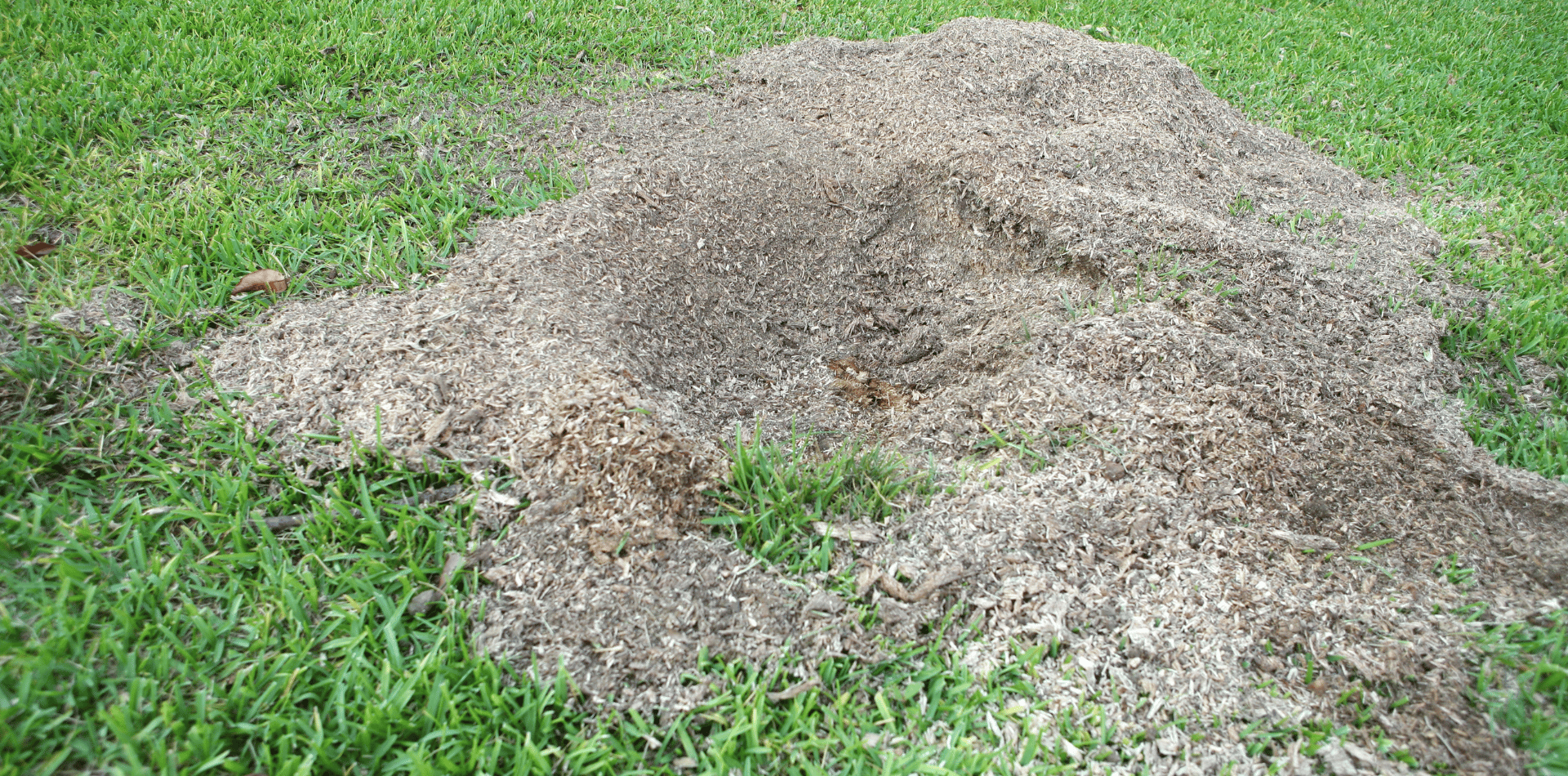
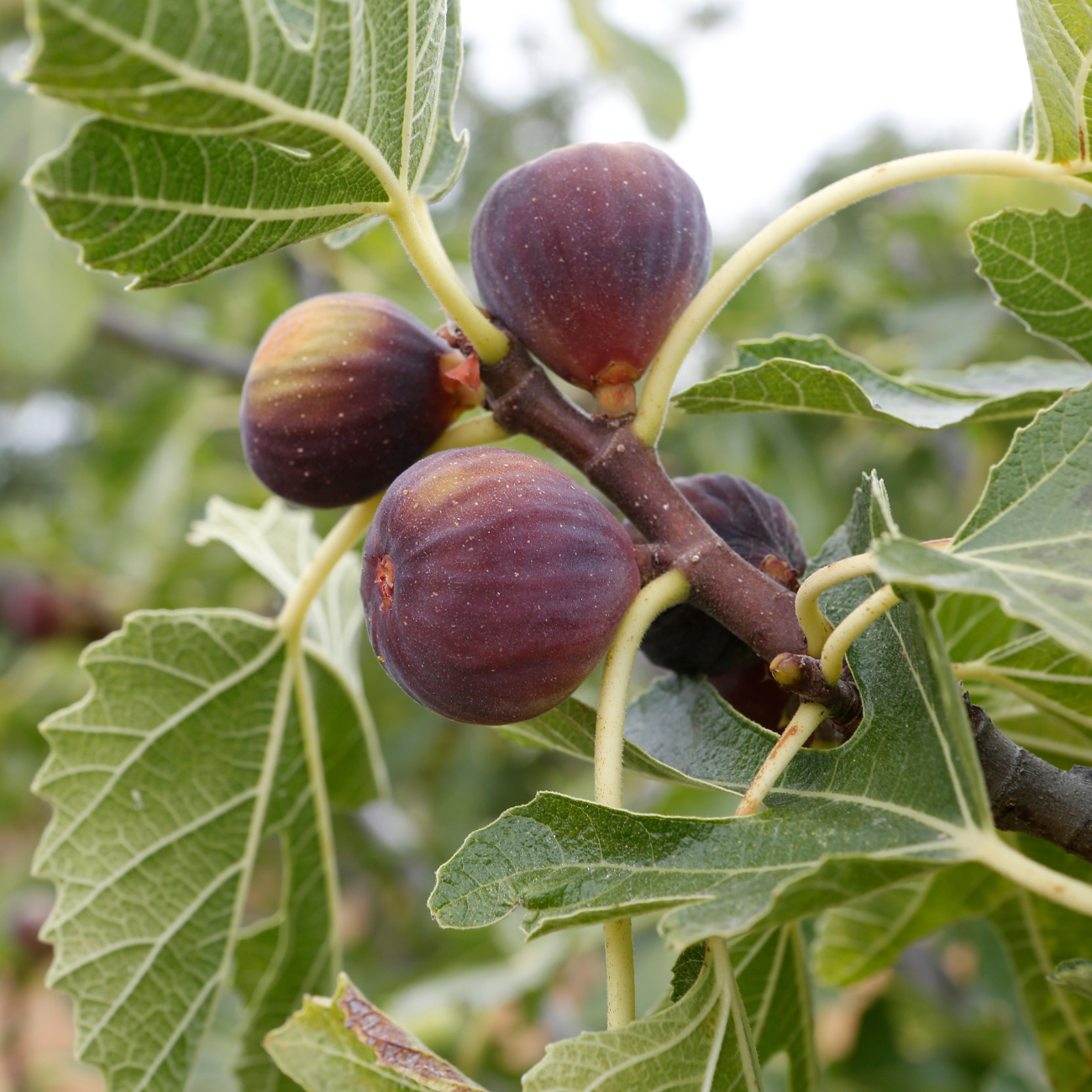

Contact
Kaptol Tree Removal Newcastle
A Member of the Kaptol Group
Powered by Kaptol Media

